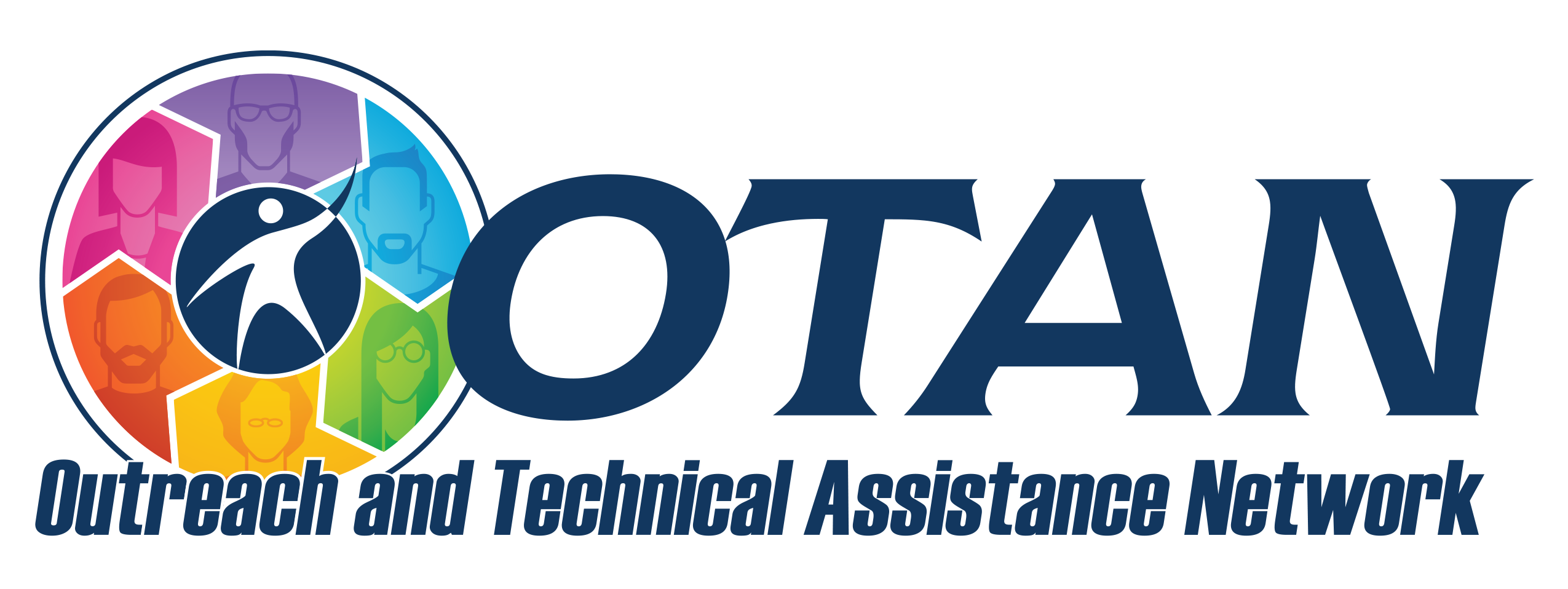Search
Molecular Expressions: Activities in Optics - Mirrors and Images
Details
Activity Description
In this activity, students place an object between two hinged mirrors and explore the relationship between the number of objects seen and the angle between the two mirrors. Students should have some understanding of incident rays, reflected rays, and the general behavior of mirrors before beginning this activity.
Preparation
- Review the Student Activity. and Teacher Resources. for this activity. Review the questions and revise as needed to meet the level of your students.
- Gather needed materials: a small object such as a coin or paper clip, two 4x6 inch mirrors, masking tape, paper, and protractor.
- Make copies of student directions or project them on the board.
Teacher Tips
- After students achieve a better understanding of the basic principles and theories behind optics and related topics, they can explore them to advanced levels through the various features of the Molecular Expressions Web site.
More Ways
- Be sure to check the Activity Extensions in the Teacher Guidebook for reading and writing activities that complement this activity.
- Many of the teacher activity pages are equipped with activity extensions, which may include historical and artist vignettes related to the topic, as well as additional discussion ideas and student, or class projects.
Program Areas
- ASE: High School Diploma
Lesson Plan
Objective: Activate prior knowledge on light behavior.
Activity: Ask students:
- “What happens when light hits a mirror?”
- “What is the difference between incident and reflected rays?”
- Use a short interactive quiz or Kahoot to review vocabulary (incident ray, reflection, angle of incidence, angle of reflection).
- Briefly introduce the goal: Students will investigate how changing the angle between two mirrors affects the number of reflected images seen.
- Show students a coin and two small mirrors, and ask them to predict how many reflections they'll see when the mirrors form a V shape.
- Demonstrate how to set up the mirrors using masking tape to hinge them at different angles.
- Explain how to record the number of images they observe as the angle changes.
- Introduce the Interactive Java Tutorial as a post-experiment reinforcement tool.
- In small groups, students:
-
- Place a coin between two hinged mirrors.
- Measure and adjust the angle using a protractor.
- Record how many images they observe at various angles (e.g., 180°, 120°, 90°, 60°, 45°).
- Graph the relationship between the angle and the number of images.
- Discuss findings as a class:
- “What patterns did you notice?”
- “How do angles relate to the number of images?”
- Ask each group to share one insight or question.
- Students answer analysis questions from the student worksheet.
- Students explore the Java simulation to reinforce understanding.
- Extension: Have students write a short paragraph explaining how mirrors are used in real life (e.g., periscopes, kaleidoscopes, optical instruments).
- Optional: Try the extension activities from the Teacher Guidebook, which include historical perspectives and art applications.
Documents
- Molecular Expressions.png - Screenshot of Molecular Expressions' activity on Mirrors and Images
Subjects
- Science
- General Science
- Physical Science

